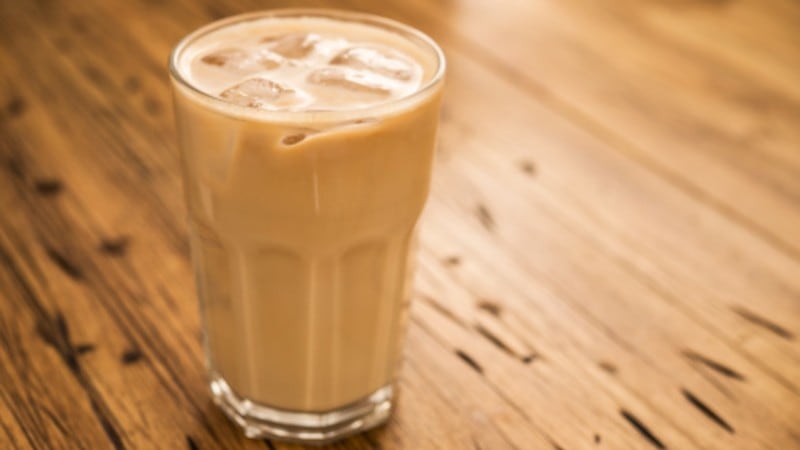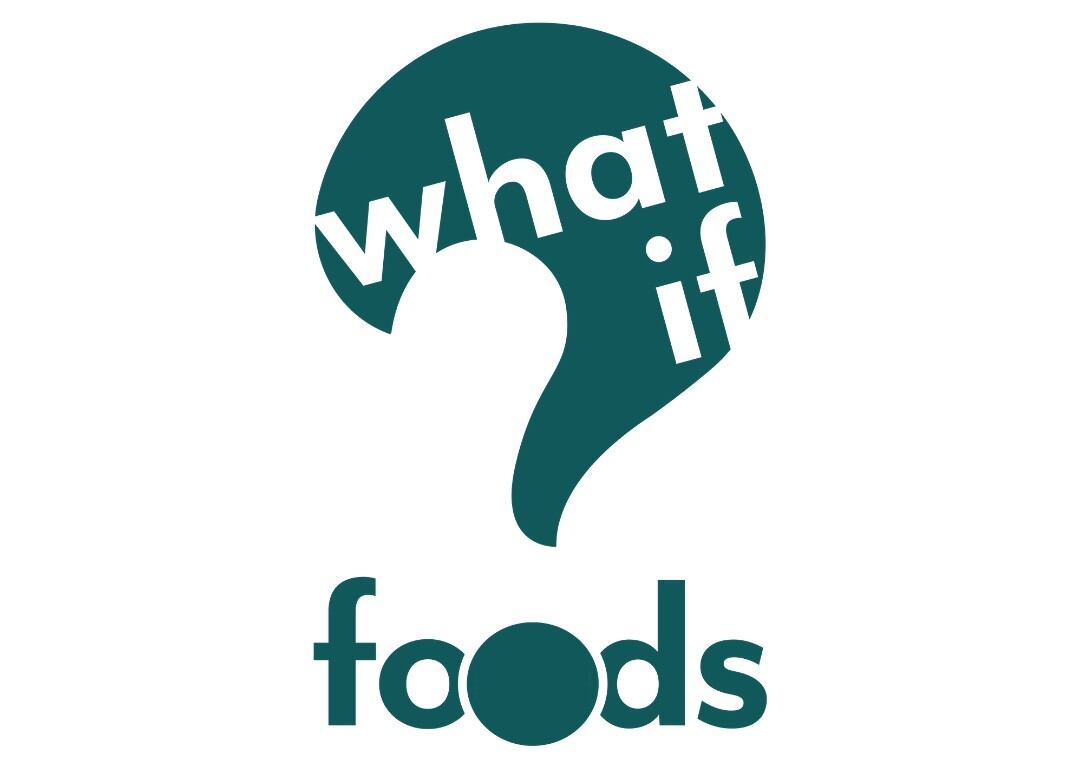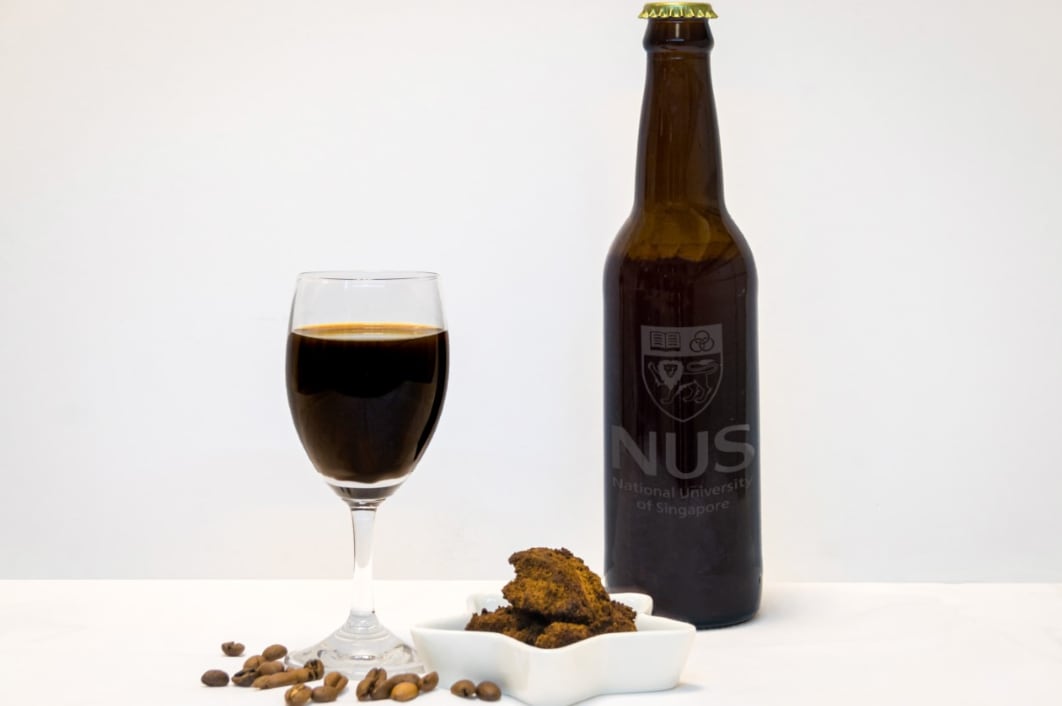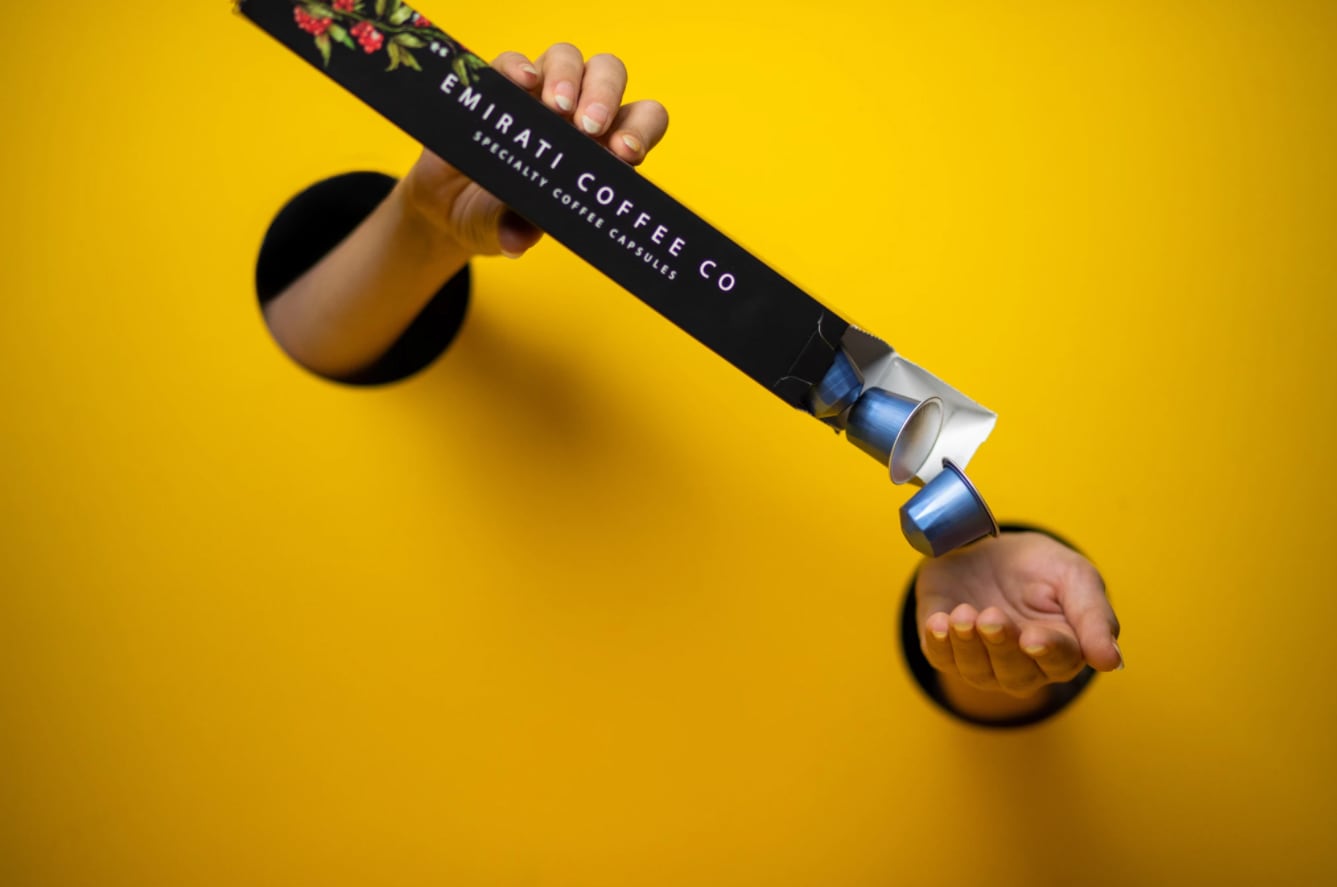According to data from Herbalife, APAC consumers’ coffee consumption is expected to be the fastest-growing worldwide between now and 2024, with research firm Research and Markets also postulating that the global coffee market will grown by 5.32% between 2020 and 2024.
“The coffee category is a key staple in the daily routines of people around the world, and whose consumption continues to grow, especially here in Asia Pacific,” Herbalife APAC Marketing Vice President Adam Pineda told FoodNavigator-Asia.
“However, when it comes to iced coffee, we’ve noted that majority of the options available contain high levels of sugar, fat, and calories.”
This is so because in most countries in the region, it is considered the norm for iced coffee to be sweetened with either condensed milk or evaporated milk and a hefty amount of sugar.
This practice is similar whether it comes to traditional iced coffees (e.g. those sold in old-style coffee shops or hawker centres) or modern versions (e.g. Starbucks frappucinos or lattes and mochas in cafes). The latter, especially, are known to be a huge draw for younger consumers, which Herbalife is now trying to attract.
“Our research showed an opportunity to attract younger, health-conscious, coffee consumers [based] on several findings – one of these is that one in five of all new coffee launches globally is an iced coffee,” said Pineda.
“[In addition], nine out of 10 adults snack daily [and] the growth in health and wellness snacks has outpaced the ‘conventional’ snacking category – [our High Protein Iced Coffee (HPIC)] can serve as the ideal mid-morning or mid-afternoon snack that can be enjoyed as a guilt-free indulgence, while providing an energy lift for the rest of the day.
“The global pandemic has also given rise to greater health awareness among consumers, [and] a rising demand for healthier diets and snacks – HIPC contains 15 grams of protein from whey protein concentrate but just 80 calories and 1g of fat per serving [which] fits in with this trend entirely.”
The firm also hopes to appeal to younger consumers by maximizing consumption and storage convenience, which led it to decide on a powdered format despite many other firms such as Nestle opting to prioritise the RTD beverages format.
“[Herbalife believes that the powdered] format gives maximum flexibility in terms of consumption behavior and storage,” said Pineda.
“[This format enables consumers to] enjoy the benefits of HPIC in more ways than one – as a stand-alone product, as a customised drink by adding other ingredients or flavourings, among others.
“From a storage perspective, the powdered format is also significantly more efficient space- and logistics- wise.”
The coffee powder mix is meant to be mixed with water, shaken and poured over ice to form the final iced coffee for consumption.
Herbalife’s HPIC is currently available in two flavours, Café Latte and Mocha, in Australia and New Zealand. Pineda remained coy on concrete plans for expansion, but told us that there are other APAC markets on the horizon for this year.
Other mega-trends powering NPD
In line with current trends, Herbalife is also looking to create more plant-based products moving forward, as the firm believes that this trend will be gaining further momentum.
“A Herbalife Nutrition survey on 8,000 APAC consumers showed that in the past year, [our consumers have] started eating more fruits and vegetables and other plant-based foods [with] the top reason cited [as wanting to] improve their health,” said Pineda.
“Relatedly, there is a rising consumer demand for plant protein products [with] soy protein the largest source of proteins in the region followed by wheat and pea in terms of market size. In many areas, protein shakes and supplements are rapidly replacing conventional aerated beverages [and we are responding to this trend accordingly].”
The firm isn’t against the use of animal-based protein though – HPIC’s high-protein component comes from whey protein concentrate, which is a dairy-based protein that is used to repair tissue, build muscle and regulate hunger.
He added that Herbalife is also keen to follow up on the superfoods trend with new product development, as this has been gaining a lot of traction as well.
“[Superfoods are] foods considered to be able to promote vitality and human health, and also play a role in boosting the immune system,” he said.
“These generally contain one or more bioactive components that are often sources of various important antioxidants such as Vitamins A, C and E, selenium, and zinc.”





